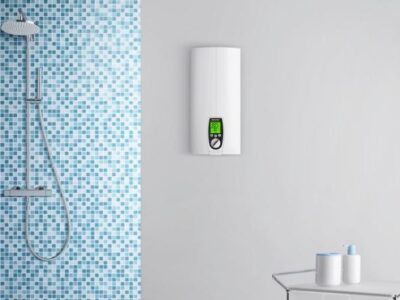
It was about 35 years ago when Energizer and Duracell found themselves locked in a battle for consumer battery dominance. NiCad and NiMH batteries existed back then, but rechargeable batteries were considered a luxury. Your average consumer purchased disposable alkaline batteries to power things like transistor radios and flashlights. Things have changed markedly.
Do you remember your first battery-powered device? Your answer might reveal your age. This writer clearly remembers it being a flashlight. You see, my family was big into camping. We went camping several times every year. Our flashlights always went with us. So did a full reserve of D batteries.
C Batteries in the Radio
I could make the case that my flashlight wasn’t truly my first battery-powered device. After all, flashlights were passed between me and my siblings with regularity. That being the case, the first battery-powered device I actually owned myself was a transistor radio. It was powered by C batteries.
As you know, consumer batteries come in a number of different form factors. That’s just as true with today’s lithium-ion batteries as it was back when disposable alkalines were the only game in town. The C battery form factor occupied that middle ground between single A and D batteries.
At any rate, I used to have my radio on all the time. I love music. Thankfully, my radio didn’t require a lot of battery power. I could get at least a few weeks out of a set of C batteries during the summer months. When I was in school, a set of batteries would last longer given that I only used my radio on the weekends.
D Batteries in a Keyboard
I have no idea what happened to that old transistor radio. I probably broke it like so many other things I owned as a kid. Today, I have very little use for C batteries. We have one electric clock hanging in the living room that requires that particular form factor. If it weren’t for that clock, I would never buy C batteries again.
I do have a professional-grade electronic keyboard from Yamaha. Though I never run it on batteries, I could if I wanted to. It takes D batteries – six of them, to be exact. One set would only last long enough to power a single gig, so it’s not worth it from a practical standpoint. Even when I take the keyboard outside the house to play, it is just better to plug into an outlet.
Why Different Form Factors Exist
If you are interested in USB rechargeable lithium-ion batteries, Salt Lake City’s Pale Blue Earth carries all the most popular form factors. They say that the different form factors are the result of the way manufacturers used to make things way back when. They have become so ingrained that it is hard to convince manufacturers to adopt a single factor.
To understand the dilemma, just think about the difference between your cell phone and a flashlight. The shape of the two objects largely determines battery form. Your smartphone is a thin rectangle. Your flashlight is a larger cylinder. Thus, their batteries take appropriate shapes.
Manufacturers could rethink their design to accommodate a universal form factor. The fact that they do not isn’t really a big deal. Battery manufacturers don’t mind the different form factors. It is just part of the business.
Do you remember your first battery-powered device? Maybe it was a transistor radio. Perhaps it was a flashlight or some sort of electric toy. In either case, batteries have a considerable influence on how we live our lives.










